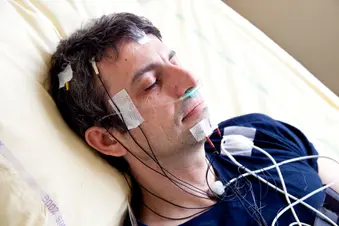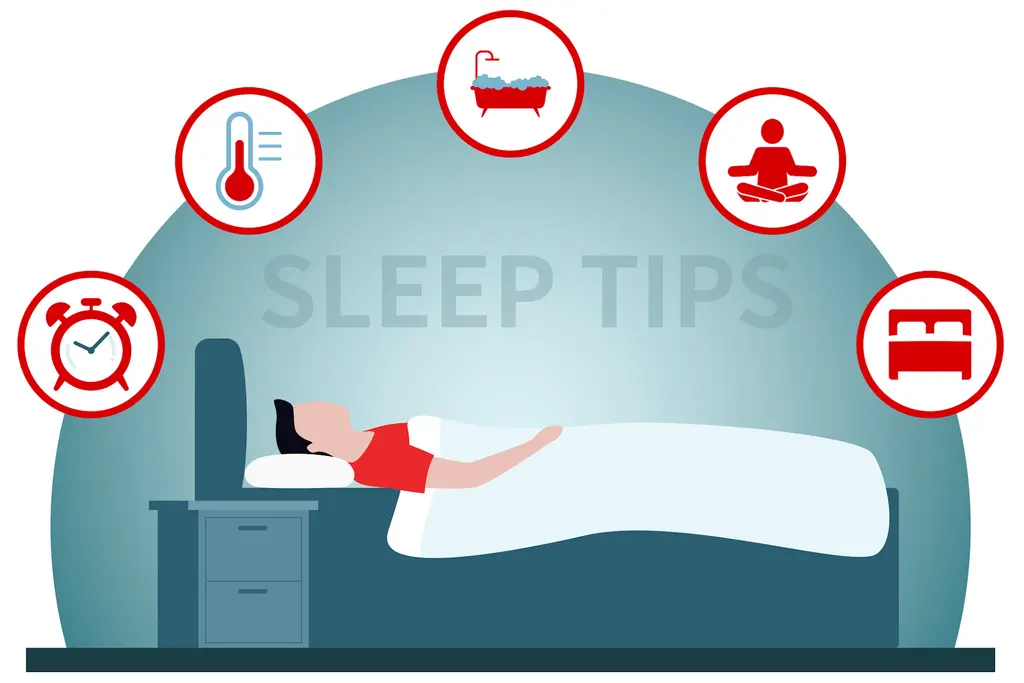
If you have idiopathic hypersomnia (IH), a chronic disorder marked by an urgent need to sleep during the day, the extreme sleepiness you often feel doesn't ease after a full night in bed.
A proper diagnosis of IH is the first step toward treatment.
Is It IH or Something Else?
One problem with diagnosing IH is that the symptoms -- mainly, the daytime sleepiness, the sleep that isn't refreshing, and the difficulty waking (sometimes called sleep drunkenness) -- can be similar to ones found in many other disorders, including:
- Circadian rhythm disorder, a disturbance in your internal clock that regulates your sleep
- Sleep-related breathing problems (like sleep apnea)
- Narcolepsy, a daytime sleepiness often accompanied by sleep-related hallucinations and sleep paralysis
- Psychiatric disorders
- Medical problems (like a head injury)
- Neurological disorders (like Parkinson's)
To determine whether it's IH or another problem that causes your daytime sleepiness, your doctor will look at your symptoms, get a medical history (of you and your family), and do a physical exam.
Some medications and combinations of drugs can cause daytime sleepiness, too. So building a complete picture of the medications you take -- and how they may interact with each other -- is an important part of your doctor's search for what's causing your sleepiness.
Your health care team may do several tests to rule out those other disorders before moving toward a diagnosis of IH.
Nailing Down a Diagnosis
Your doctor can confirm a diagnosis of IH in several ways, including:
An overnight sleep study. Also called a polysomnogram, this is a sleep test in a controlled, nighttime setting, with monitors that measure things like:
- Eye movement
- Brain waves
- Heart rate
- Breathing rate
- Oxygen levels in your blood
- Air flow
It can give your doctor a fuller picture of your sleep.
Multiple sleep latency test (MLST). You'll often have this right after an overnight sleep study. The test measures how quickly you fall asleep during the day. It takes place in a controlled setting and typically consists of five scheduled naps, separated by 2-hour periods of being awake. You're given 20 minutes to fall asleep for each of the naps. If you don't, the trial ends.
Epworth sleepiness scale. This simple questionnaire measures your level of daytime sleepiness. A typical question is something like:
In your current, usual way of life, how likely are you to nod off or fall asleep in the following situations, in contrast to feeling just tired?
The situations include things like:
- Watching TV
- Sitting and reading
- Sitting and talking to someone
- Sitting stopped in traffic or at a traffic light
Going over your sleep diary with you. A sleep diary is just what it sounds like. You keep track of your sleep patterns, like:
- When you go to sleep
- When you wake
- How you feel each day and evening
Your doctor will examine that, often before conducting other tests.
A proper diagnosis of IH is critical to making sure that you receive the best treatment available.
Show Sources
Photo Credit: Phanie / VOISIN / Medical Images
SOURCES:
Hypersomnia Foundation: "About Idiopathic Hypersomnia," "Idiopathic Hypersomnia (IH) Characteristics," "Medical Terminology: sleep diary," "Medical Terminology: polysomnography," "Medical Terminology: "Multiple Sleep Latency Test (MSLT)."
Sleep Medicine Clinics: "Idiopathic Hypersomnia."
Mayo Clinic: "Idiopathic hypersomnia."
Stanford Health Care: "Treatments for Idiopathic Hypersomnia," "Idiopathic Hypersomnia Diagnosis," "Circadian Rhythm Disorders."
Military Medicine: "The Epworth Sleepiness Scale in Service Members with Sleep Disorders."
CDC: "Epworth Sleepiness Scale," "About Chronic Diseases."
